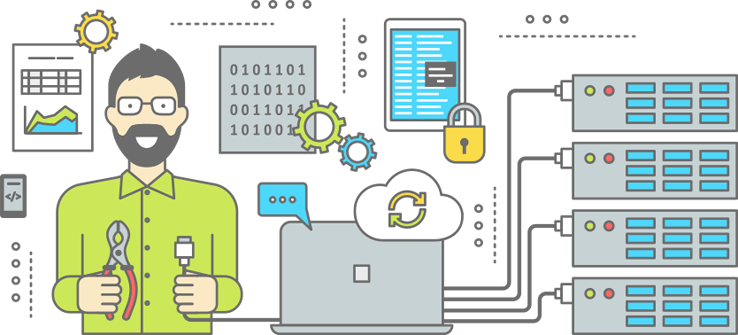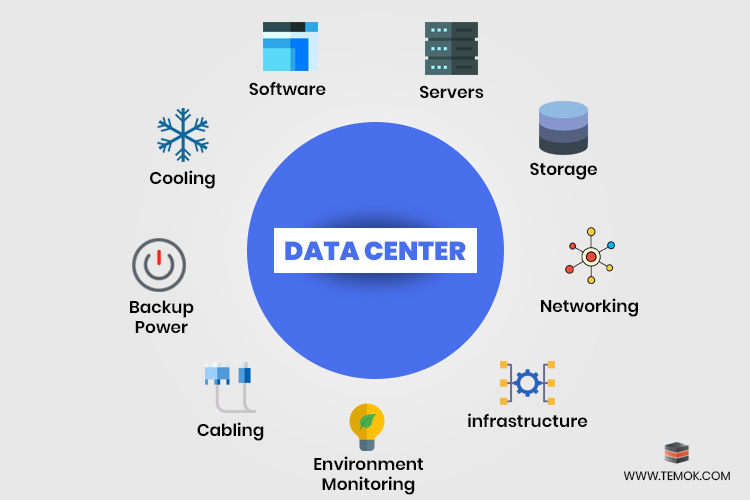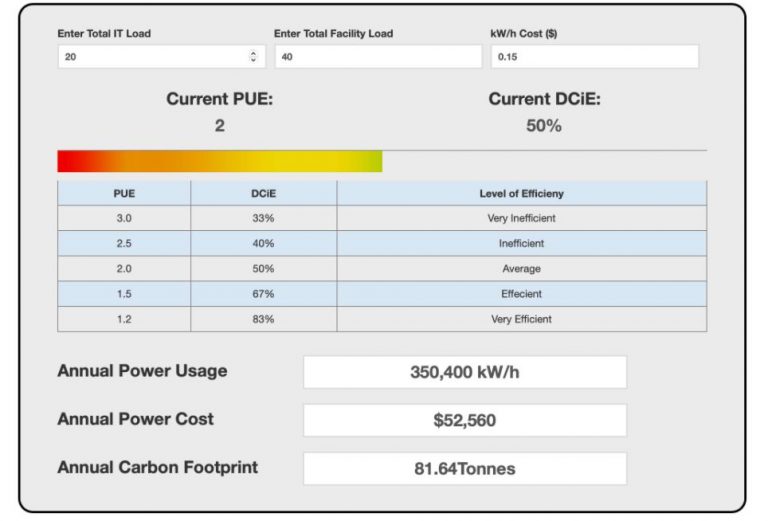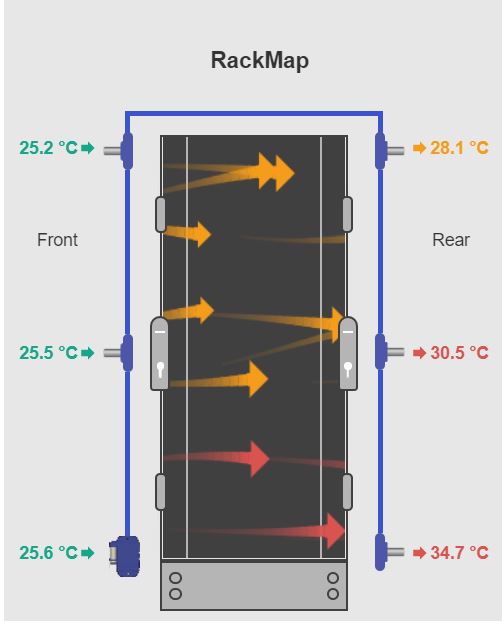Data Center Optimization Strategies

Why Data Center Optimization Is Essential
 There are many reasons why data center optimization is essential. Firstly, optimizing facilities will decrease power consumption. It is also important to increase efficiency and reduced downtime. Downtime leads to lost revenue for data center.
There are many reasons why data center optimization is essential. Firstly, optimizing facilities will decrease power consumption. It is also important to increase efficiency and reduced downtime. Downtime leads to lost revenue for data center.- Increasing Mechanical Capacity
- Increasing Power Usage Effectiveness (PUE)
- Investing In Optimization Strategies Will Go A Long Way
- Reducing Power Consumption To Help The Environment
- Upholding Businesses’ Social Responsibility
Key Elements Of Data Center Optimization

- Cloud Computing
- Cooling Systems
- Network And Storage
- Physical Space
- Virtualization
Ways To Cut Down Power Consumption In The Data Center
- IT equipment
- Consolidate unnecessary and lightly used servers.
- Employ efficient data storage measures.
- Use built-in server power management features.
- Power infrastructure
- Decrease power losses from power distribution units (PDU). Use smart PDU with power monitoring systems.
- HVAC systems
- You may use a water-side economizer.
- Install in a rack or in-row cooling.
- Do some humidification adjustments.
- Utilize an air-side economizer.
- Use sensors and controls to match cooling capacity and airflow with IT loads.
- Airflow management
- Manage airflow for cooling efficiency.
- Use a hot aisle and cold aisle layout.
- Use containment or enclosures strategy.
- Other areas
- Benchmark your data center’s power efficiency.
- Choose a sustainable colocation facility.
- Provide energy-efficiency awareness training for staff and operators.
Few More Tips For Data Center Optimization
Trust AKCP To Optimize Data Centers
Power Usage Effectiveness (PUE) is a popular metric that measures how efficient your data center operation is. It’s a ratio of the amount of energy spent on cooling vs the amount of energy spent on the IT load. A PUE of 1.0 means your data center runs on totally free cooling. A PUE of 2.0 means you spend an equal amount of energy on cooling as you do on IT load.

A well-designed and run data center can obtain a PUE of 1.2 – 1.3. However, most smaller edge data centers and in-house computer rooms have PUE numbers of 2.0 and above.
AKCPro Server is an ideal DCIM solution. Perfect for those people who don’t have the budget or need for complex DCIM software, but require a capable monitoring system for their data center. With many advanced features such as Cabinet Thermal Mapping, Drill Down Mapping, Graphing, VPN connections to remote sites, AKCPro Server is the ideal choice. AKCPro Server is capable of live PUE calculations, so you can see real-time the effect of the changes you make on your PUE.
Try out our FREE online PUE Calculation Tool here
Monitoring With AKCP Solutions
- Obstructions Within The Cabinet
Cabling or other obstructions can impede the flow of air causing high-temperature differentials between the inlet and outlet temperatures. The cabinet analysis sensor with pressure differential can also help analyze airflow issues.
- Server And Cooling Fan Failures
As fans age, or fail, the airflow over the IT equipment will lessen. This leads to higher temperature differentials between the front and rear.
- Insufficient Pressure Differential To Pull Air Through The Cabinet
When there is an insufficient pressure differential between the front and rear of the cabinet, airflow will be less. The less cold air flowing through the cabinet, the higher the temperature differential front to rear will become.
- Power Usage Effectiveness (PUE)
When the data is combined with the power consumption from the in-line power meter you can safely make adjustments in the data center cooling systems, without compromising your equipment, while instantly seeing the changes in your PUE numbers.
Conclusion
Reference Links
https://blog.fairbanksenergy.com/6-reasons-for-data-center-optimization
https://www.techopedia.com/definition/29877/data-center-optimization
https://www.energy.gov/sites/default/files/2019/03/f60/femp-data-center-energy-efficiency.pdf
https://biztechmagazine.com/article/2012/01/6-key-elements-data-center-optimization-strategy
https://www.energystar.gov/products/16_more_ways_cut_energy_waste_data_center
https://www.vxchnge.com/blog/growing-energy-demands-of-data-centers
